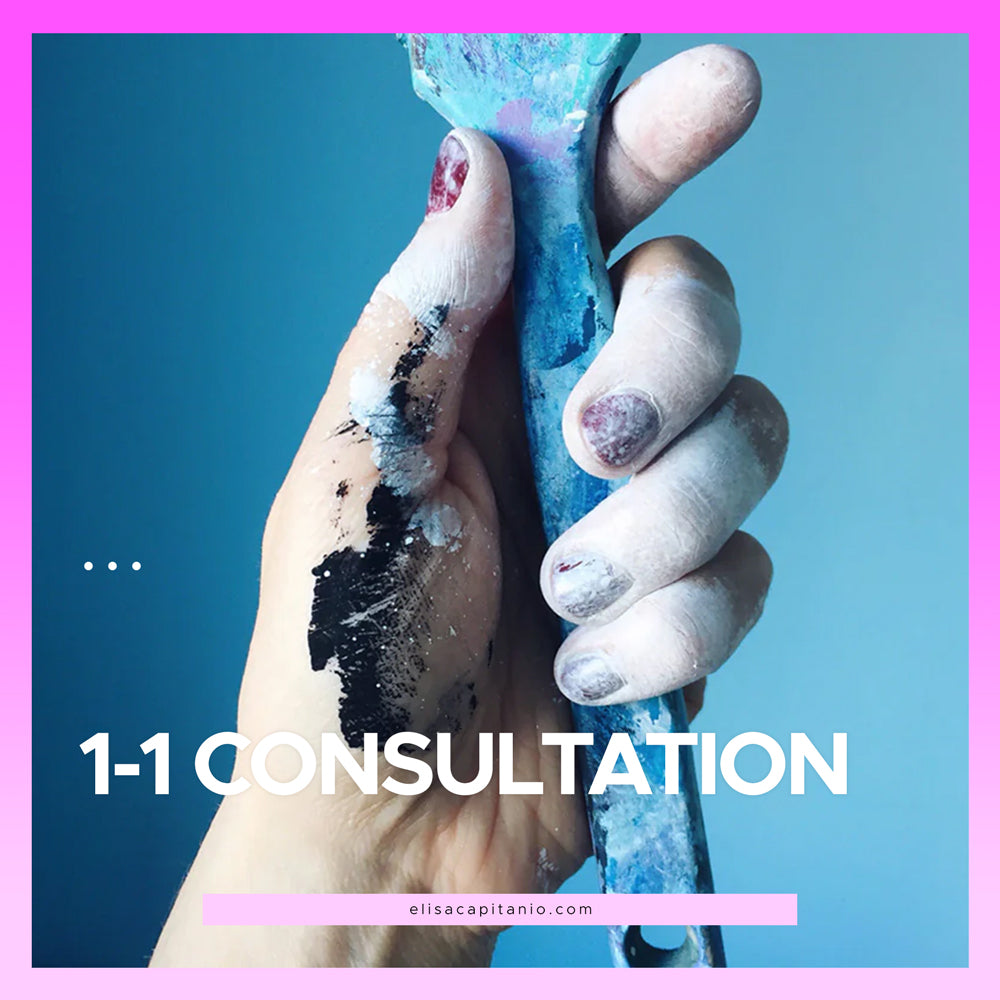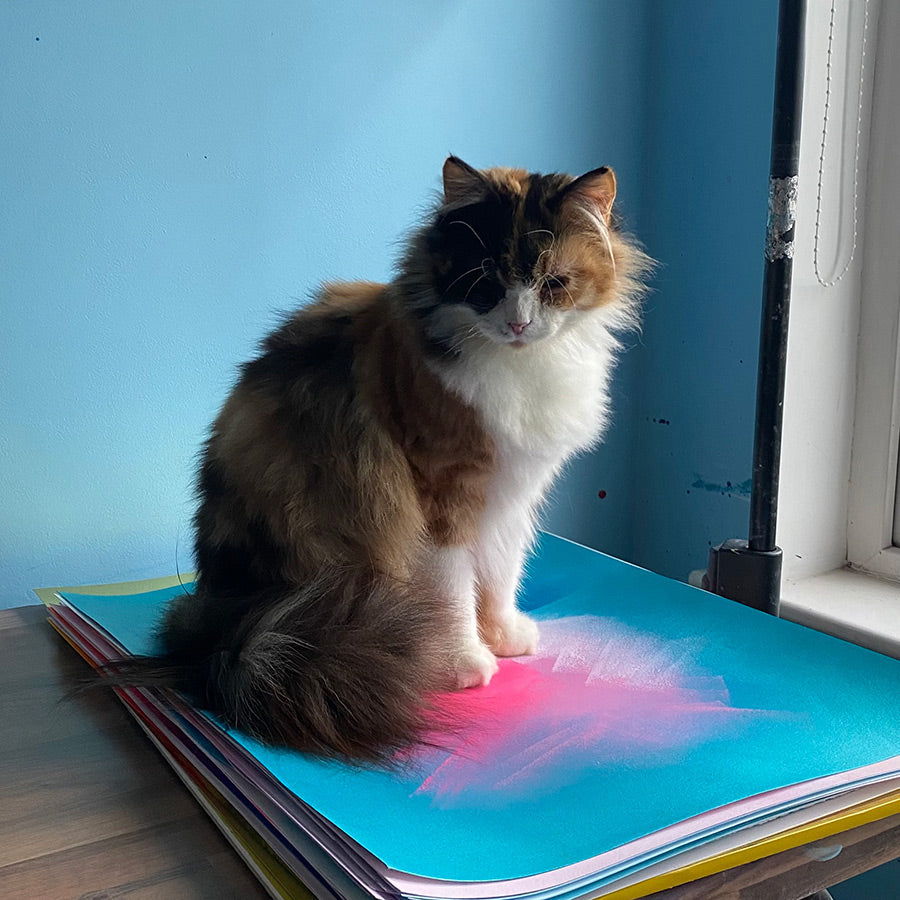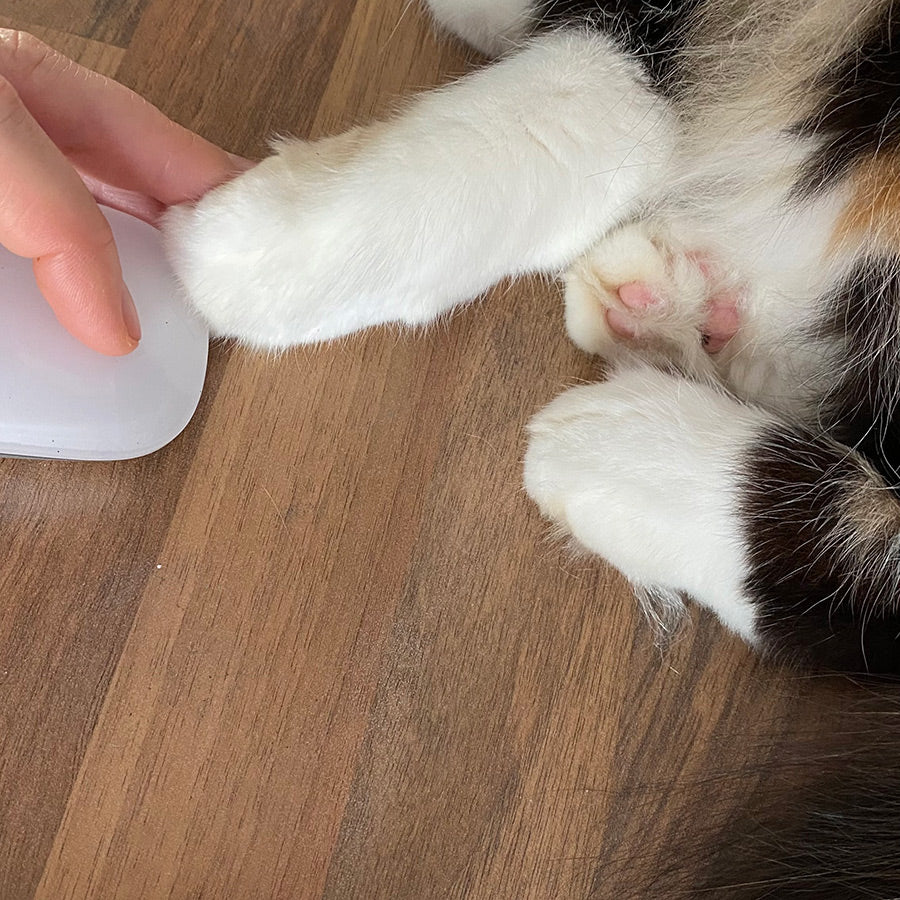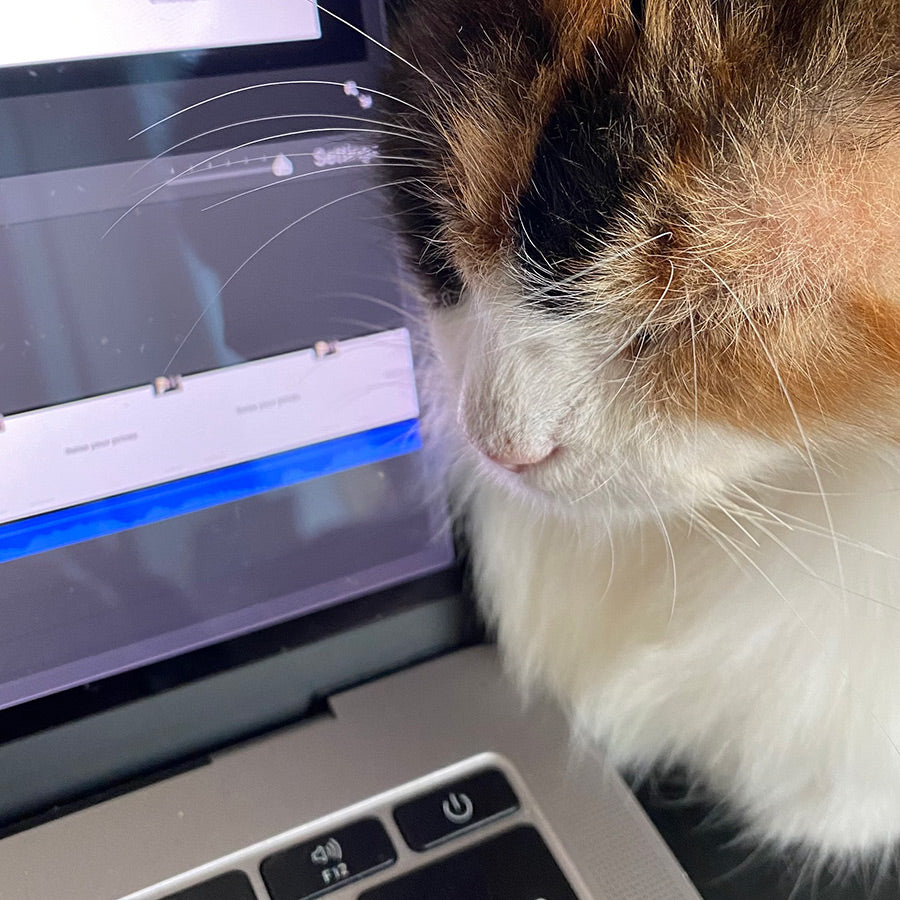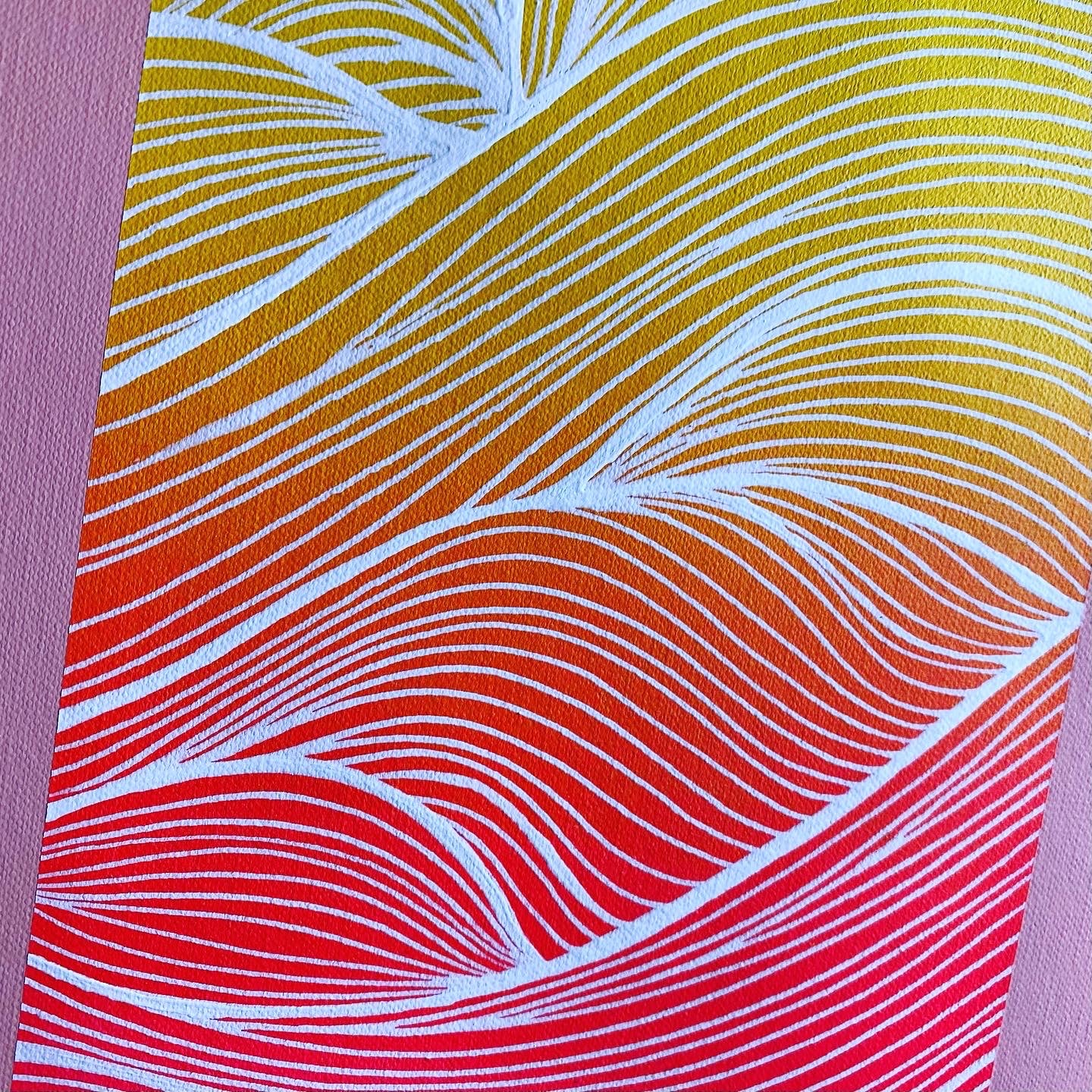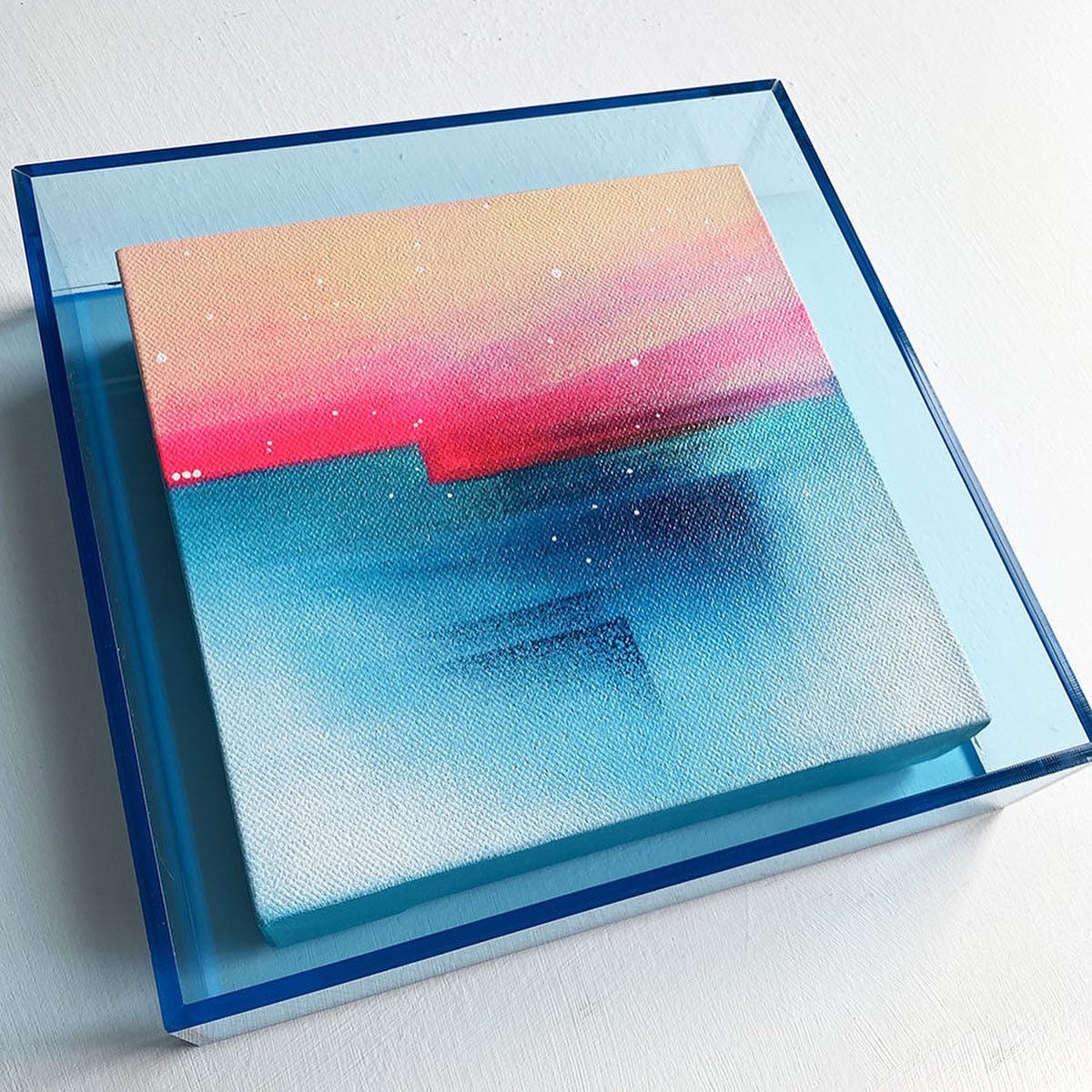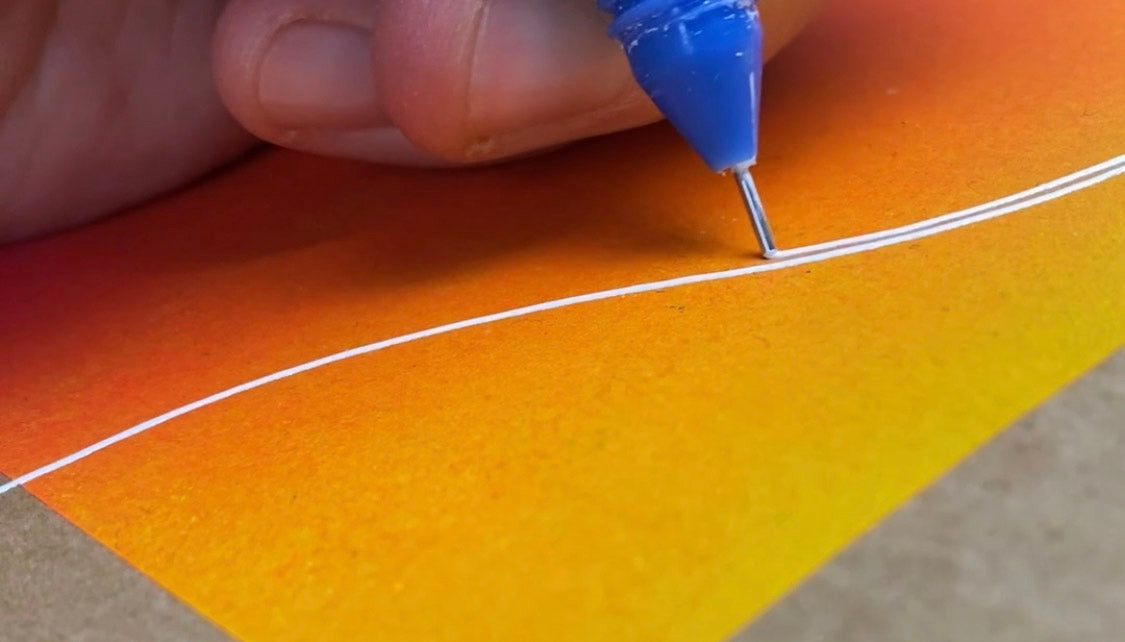
How to practice line making in abstract art
Energy
First, it's important to understand that line making is not just about creating straight or curved lines.
Line making is an essential aspect of art and design, and it’s much more than just creating lines itself.
It is a tool that allows artists and designers to communicate a wide range of ideas, emotions, and movements through the use of different line types.
For example, thick lines can convey a sense of weight and stability, while a thin line can be associated to a sense of delicacy and fragility. Wavy lines recall a sense of movement and fluidity, while straight lines can convey a sense of stability and order. Broken lines often indicate uncertainty and spontaneity, while continuous lines can convey a sense of continuity and purpose.
The use of lines an add depth, texture and tonal values to the artwork.
Use line making to create a sense of movement and energy in your composition, or to evoke a particular emotion in the viewer.
It’s important to understand that line making is a powerful tool that allows you to discover a wide range of artistic expression and visual communication. It's not just about creating lines, but also about using them to convey meaning, emotion, and movement in a composition. And ultimately the energy of your artwork.
Know your tools
So many different tools on the market: pencils, pens, markers, and paintbrushes of any kind.
Each tool has its own unique properties, and experimenting with them will help you to develop a range of line-making techniques.
For example, using a pencil will give you a softer, more subtle line, while using a pen or marker will give you a bolder, more defined line. Using a paintbrush will give you a wider range of line widths, from thin to thick and everything in between.
I have written this blog post about the tools you can try for line making. Without any doubt, the fineliner (dedicated blog post here) is a superior tool.
If you are new to line making, I'd suggest you go in the following order:
1. Marker - define your style and explore
2. Calligraphy pen - train your hand
3. Fineliner - rise and shine :)
Practice (until you like what you see)
One way to practice line making is to start with simple exercises, such as drawing a series of parallel lines or creating a grid of straight lines.
This will help you to develop your hand control and improve your ability to create clean, precise lines. Another exercise you can try is to draw a series of curved lines, experimenting with different widths and directions.
This will help you to develop your ability to create fluid, organic lines.
When I started line making I spent hours and hours trying to develop a good steady hand with each one of the tools (marker, calligraphy pen and fineliner).
As you can see by the (not pretty at all!) image below I drew lines and lines to develop confidence. Take an ugly piece of paper and go wild!

You don't have to practice for hours a day. 10 minutes a day are enough, but be consistent and do it every day.
In this way you're not only training your hand but also your mind so you can learn how to develop your style.
Steal like an artist
Another way to practice line making is to study the work of other artists.
Take a screenshot and observe.
Look at how they use line to create movement, energy, and emotion in their work.
Try to understand how they use different line types and how they combine them to create a cohesive composition.
Try to imitate their line-making techniques, this will help you to understand how to create different effects with line and how to distribute energy on your artwork.
Line making is not just about creating a specific image or object, it's also about exploring the possibilities of line.
I'm realising as I write that this ^ is very much an artsy thing to say. What it means is that you shouldn't be afraid to experiment and try new things.
Allow yourself to make mistakes and learn from them. Remember that abstract art is all about exploring the creative process, so have fun and enjoy the journey.
In conclusion, line making is a fundamental element of abstract art, and practicing different line-making techniques will help you to improve your skills and create unique and dynamic compositions.
Start with simple exercises, experiment with different tools, study the work of other artists, and remember to have fun and enjoy the creative process.
Keep practicing and experimenting, and trust me, you will see your line-making skills improve in no time.
And if you likes this blog post, I have a mini course all about line making, and you can find it here:


